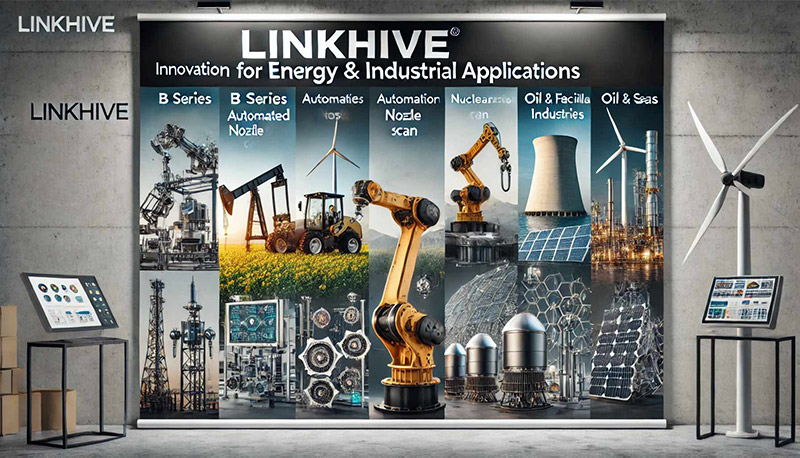High voltage connectors refer to electrical connectors that can withstand higher voltages. They are used in electrical systems to achieve power or signal transmission between different devices. Compared with ordinary connectors, high voltage connectors have more stringent design and use environment requirements. They not only need to work under higher voltages, but also need to be able to cope with complex conditions such as extreme temperatures, vibrations, and electromagnetic interference. Due to its unique working requirements, high pressure connectors are widely used in many industries such as power, electrical, energy, transportation, and medical care, especially in occasions where high voltage transmission is required, playing a vital role.
This article will comprehensively discuss and analyze the types, working principles, characteristics, and differences of high pressure connectors from other connectors to help readers better understand the professional characteristics and applications of high voltage connectors.
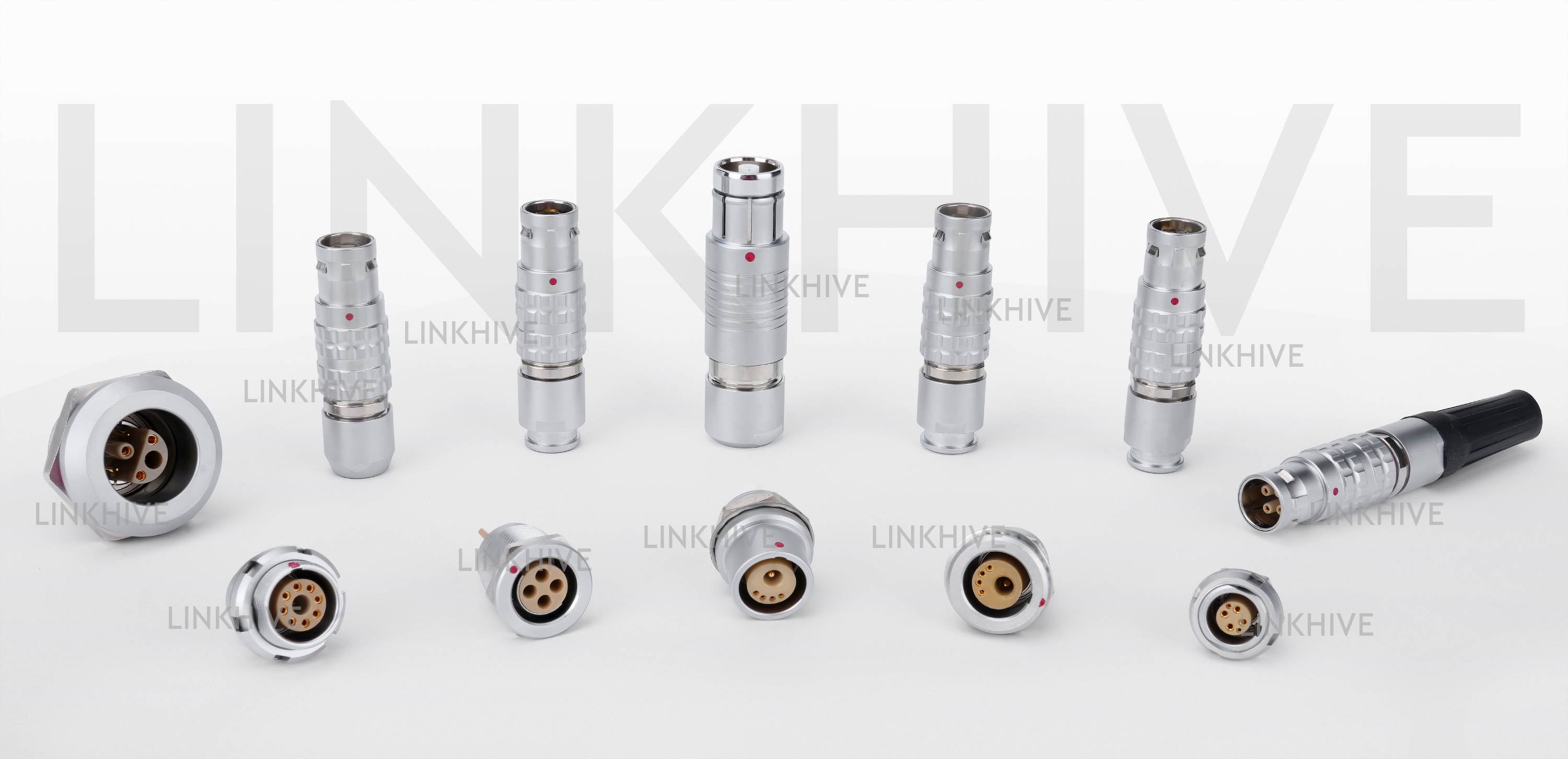
What is a high voltage connector?
High voltage connectors are electrical connectors specially designed to withstand high voltages. Usually, high pressure connectors are used to transmit power signals with voltages greater than 1000V. Due to the particularity of high voltage currents, all aspects of connector design, material selection, and manufacturing processes need to be strictly controlled to ensure that the connector can maintain stable and safe performance during operation.
High pressure connectors are widely used in various types of high voltage equipment, such as substations, nuclear power plants, smart grids, railway electrification systems, electric vehicles (EVs), photovoltaic power generation systems, and medical equipment. They not only need to carry high voltage, but also ensure that the current is transmitted stably and effectively under high voltage environment without arcing, electric shock or other dangers.
What are the types of high voltage connectors?
There are many types of high pressure connectors. According to different requirements such as application scenarios, connection methods, and carrying voltage, they can be divided into the following 7 types, which are specifically introduced as follows:
7 types of high voltage connectors:
1. Plug-in high voltage connector
2. Fixed high voltage connector
3. Female and male high voltage connectors
4. Battery connector
5. High voltage power connector
6. RF high voltage connector
7. High voltage DC connector (HVDC)
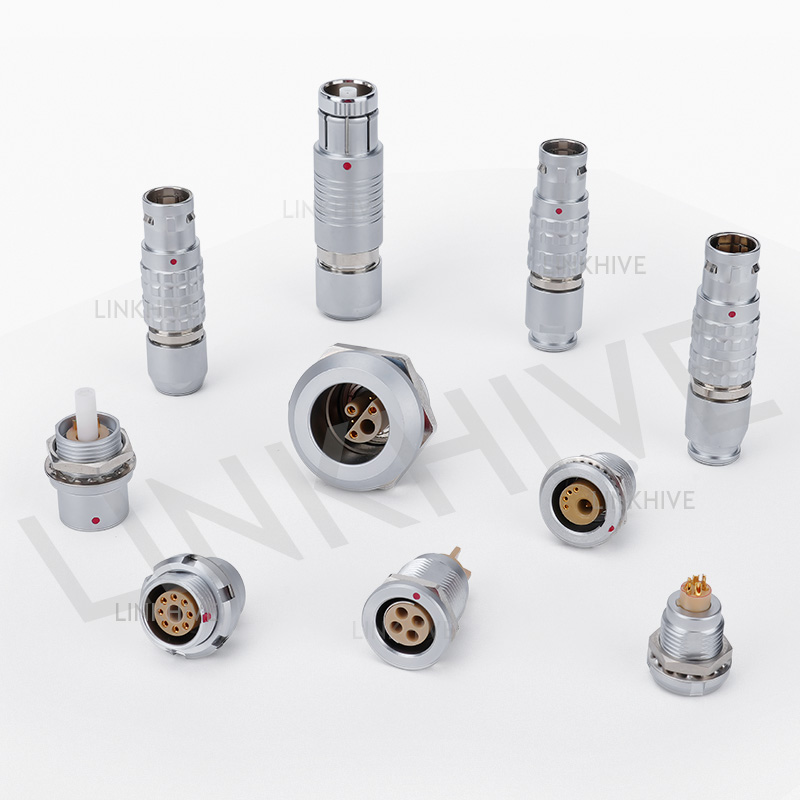
1. Plug-in high voltage connector
Plug-in high voltage connector is the most common type of high voltage connector. Its feature is that it can be easily inserted and unplugged, and is usually used for detachable electrical connections. Plug-in high pressure connectors are widely used in equipment that requires regular maintenance, replacement or overhaul. This type of connector usually has a unique mechanical locking mechanism to ensure that the connector will not loosen due to vibration or external force under high voltage environment.
2. Fixed high voltage connector
The fixed high voltage connector is suitable for electrical connection systems that do not require frequent disassembly. This type of connector generally does not move after installation and is usually used in equipment that operates stably for a long time, such as power transmission and distribution equipment. The biggest advantage of the fixed high pressure connector is that it has a stable structure, reliable connection, and can withstand long-term voltage load without failure.
3. Female and male high voltage connectors
The high voltage connector can also be divided into female and male according to the connection method. The female connector is usually installed in the equipment and is responsible for receiving power or signal input; while the male connector is installed on the cable or external equipment and is responsible for outputting power or signals. The female and male high pressure connectors are usually used in pairs to achieve a complete connection of the electrical system.
4. Battery connector
Battery connector is a connector specially used between battery pack and battery management system (BMS), which is commonly used in electric vehicles (EV) and energy storage systems. This connector is designed to withstand high current and high voltage to ensure the safety, stability and long life of the battery. Battery connectors often have fireproof, corrosion-resistant and shock-resistant functions to adapt to harsh working environments.
5. High-voltage power connector
High-voltage power connectors are mainly used in power transmission equipment such as substations, electrified railways and other industrial equipment. This type of connector usually has a higher current carrying capacity and is used to connect high-voltage electrical equipment and systems. For example, high-voltage power connectors play a vital role between transformers, circuit breakers and other electrical equipment in power systems.
6. RF high voltage connector
RF high voltage connectors are mainly used in the transmission of high-frequency power signals, especially in communication and broadcasting equipment. The design of RF high pressure connectors pays special attention to the balance between signal integrity and high voltage current. They usually have a small size and high-precision contact materials, which can achieve the simultaneous transmission of high-frequency signals and high voltage.
7. High-voltage DC connector (HVDC)
High-voltage DC (HVDC) connectors are used in high-voltage DC power systems, especially in long-distance power transmission and power interconnection. Since DC power has extremely high transmission efficiency, HVDC systems usually need to operate at high voltages, so HVDC connectors need to be able to withstand extremely high voltages and large currents to ensure the stability of power transmission during long-term operation.
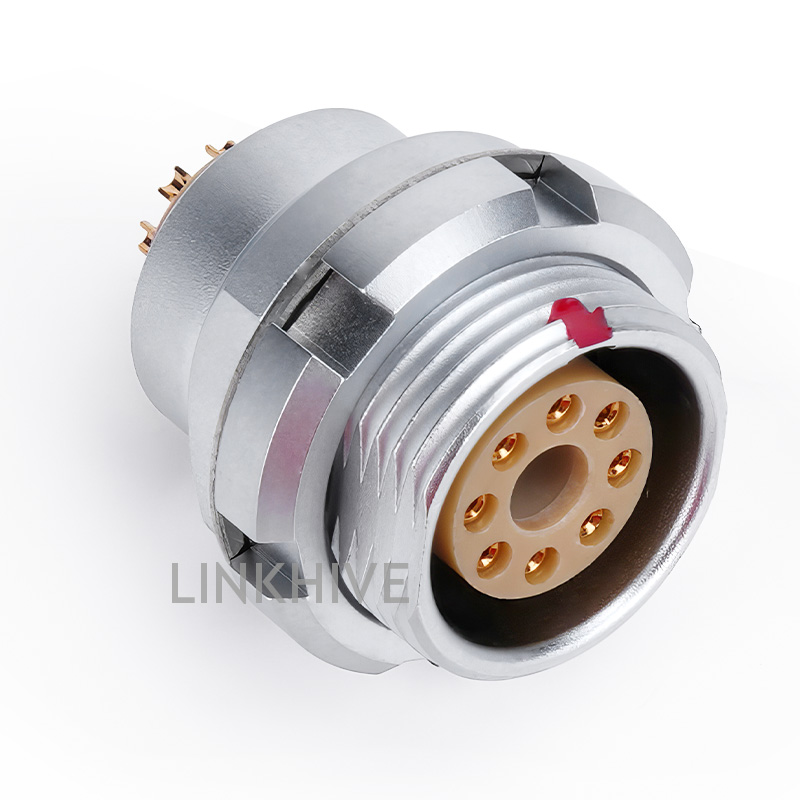
What is the working principle of the high voltage connector?
The working principle of the high pressure connector is similar to that of other ordinary connectors, mainly relying on electrical contact between contact points to transmit power or signals. However, since the high pressure connector must consider more electrical characteristics and safety issues when it is subjected to high voltage, its design requirements are particularly strict.
● Contact material and design: The contact part of the high voltage connector usually uses materials with excellent conductivity and corrosion resistance, such as copper alloy, silver alloy, etc. These materials can effectively reduce contact resistance and ensure that the transmission of power or signals is not affected. In addition, the design of the contact point needs to take into account the arc protection capability of high voltage to prevent arc discharge at the contact point, causing equipment failure or safety hazards.
● Insulation performance: High pressure connectors must have very high insulation performance to prevent high voltage from generating arcs or leakage between the two ends of the connector. To achieve this, high pressure connectors usually use high temperature and high pressure resistant insulating materials, such as ceramics, epoxy resins, polyurethanes, etc. These insulating materials can not only effectively isolate the current, but also have strong resistance to electric shock, ensuring the safe operation of the connector under high voltage environment.
● Protection design: When designing high pressure connectors, they usually need to have waterproof, dustproof, shockproof and other capabilities. Especially in some harsh environments, the external protection structure of the connector is particularly important. For example, in high-voltage power equipment, the outer shell of the connector usually needs to use metal or plastic materials with strong weather resistance and good impact resistance to prevent foreign substances from entering the connector and affecting its normal operation.
● Current carrying capacity: The current carrying capacity of the high pressure connector is also an important consideration in its design. According to the application type of the connector, the designer needs to calculate the maximum current load of the equipment, and design the number of contact points, contact area and conductivity of the connector according to the load requirements to ensure that the connector can stably transmit the required current.
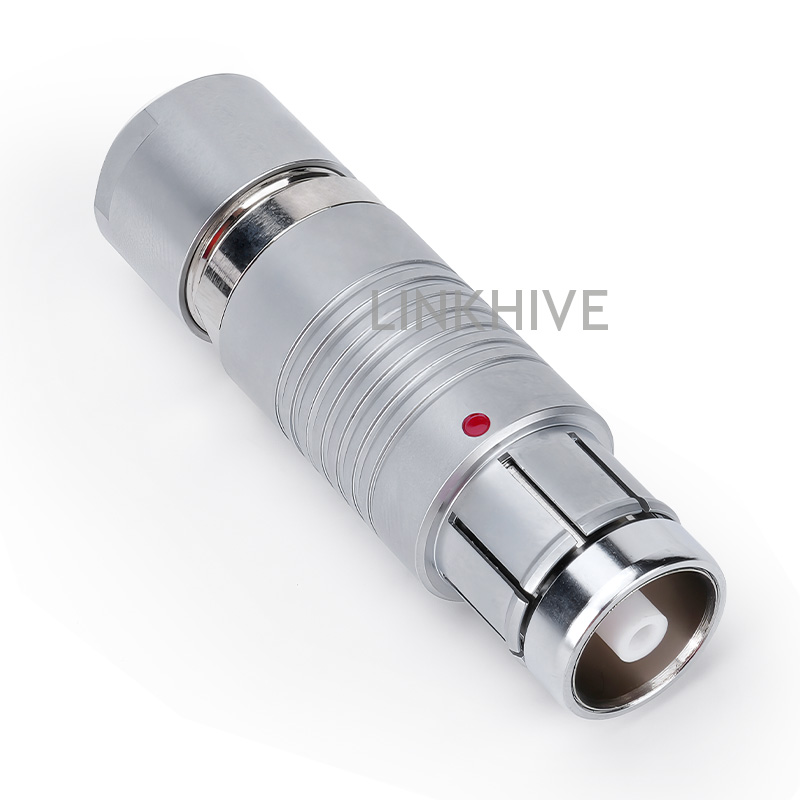
What is the difference between a high voltage connector and other connectors?
Compared with ordinary connectors, the design and application of high-voltage connectors are significantly different, mainly in terms of voltage carrying capacity, insulation materials and structural design, durability and safety, and protection design.
● Voltage carrying capacity: The most direct difference lies in the voltage carrying capacity. Ordinary connectors can usually only withstand lower voltages and are generally used in home or industrial equipment, while high-voltage connectors can withstand voltages greater than 1000V and are widely used in high-voltage power systems. The insulation design, contact materials and structural design of high-voltage connectors are optimized for withstanding high voltages.
● Insulation materials and structural design: The insulation materials and structural design of ordinary connectors are relatively simple, mainly relying on common materials such as plastics or rubber. The insulation materials of high-voltage connectors must have higher voltage resistance and electric shock resistance, often using high-performance ceramics or composite materials, and their structural design is more complex to ensure stability and safety in high-voltage environments.
● Durability and safety: High-pressure connectors require extremely high durability and safety, especially in extreme working environments, such as high temperature, high humidity, and strong electromagnetic interference. Ordinary connectors focus on the efficiency and reliability of electrical transmission, and have relatively low safety requirements.
● Protection design: High pressure connectors usually have higher protection requirements, such as arc protection, anti-electromagnetic interference, waterproof and dustproof, etc., to ensure their normal operation in complex environments. The protection design of ordinary connectors is relatively simple, usually only need to prevent external dust and moisture from entering.
China high voltage connector Manufacturer Offering Wholesale & Custom Solutions
LINKHIVE is a professional hv connector supplier and manufacturer based in China, specializing in customized and wholesale solutions for over a decade. Our factory in Dongguan provides high-quality connectors such as GX aviation connectors, bayonet connectors, high-voltage connectors, and hybrid connectors. We serve industries including medical, industrial, automotive, aerospace, and telecom, ensuring low price, reliable, and durable solutions. Get the best sales offers, cheap wholesale prices, and bulk purchasing deals from LINKHIVE today!


